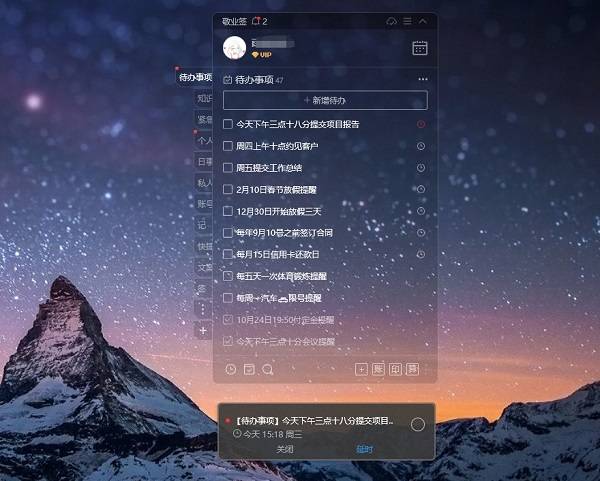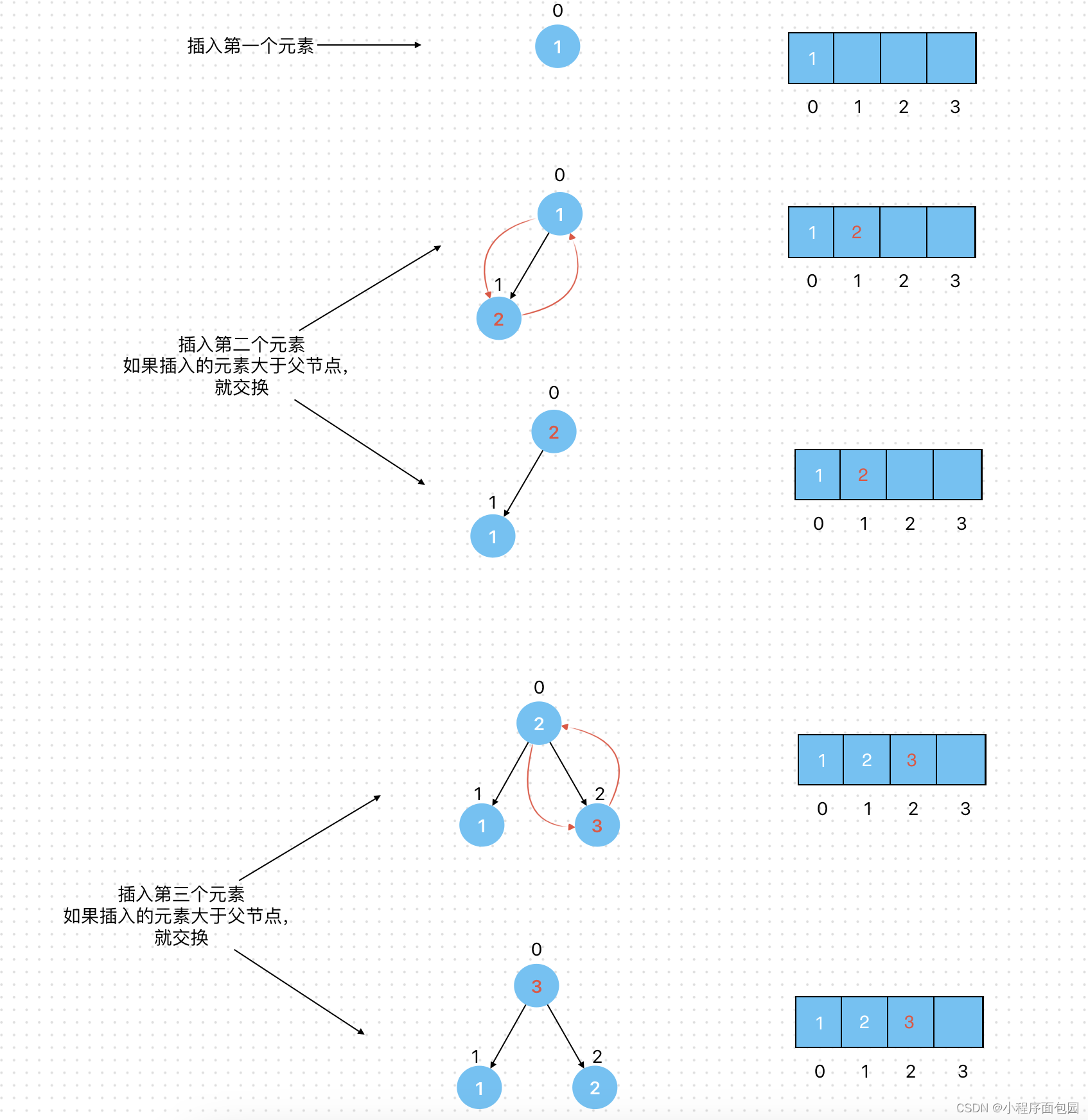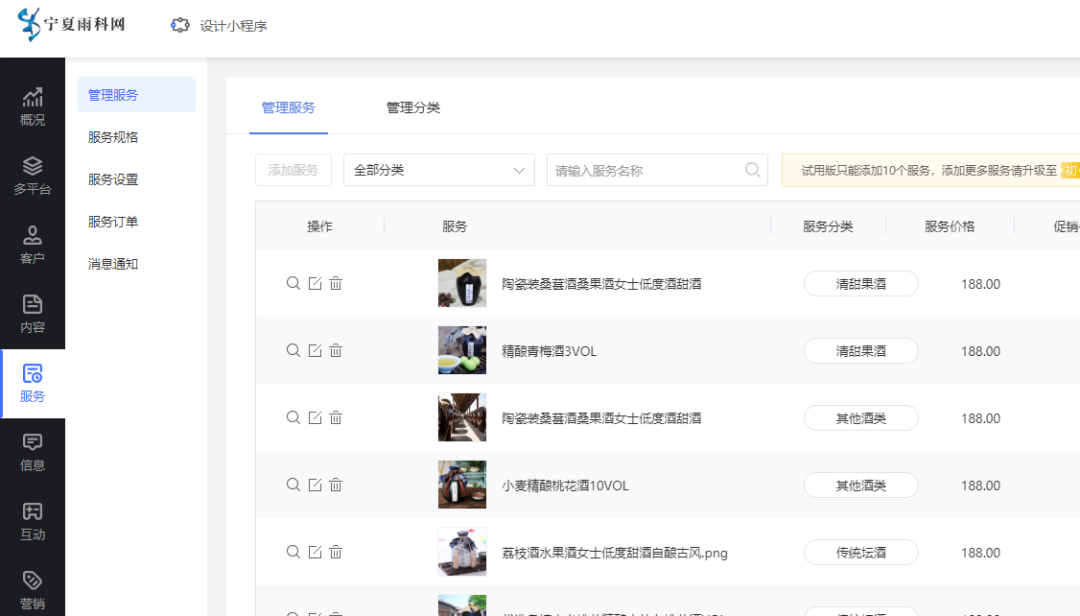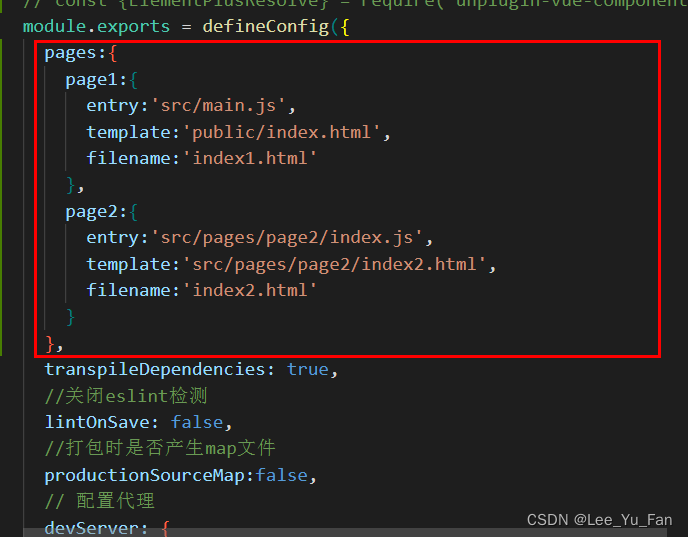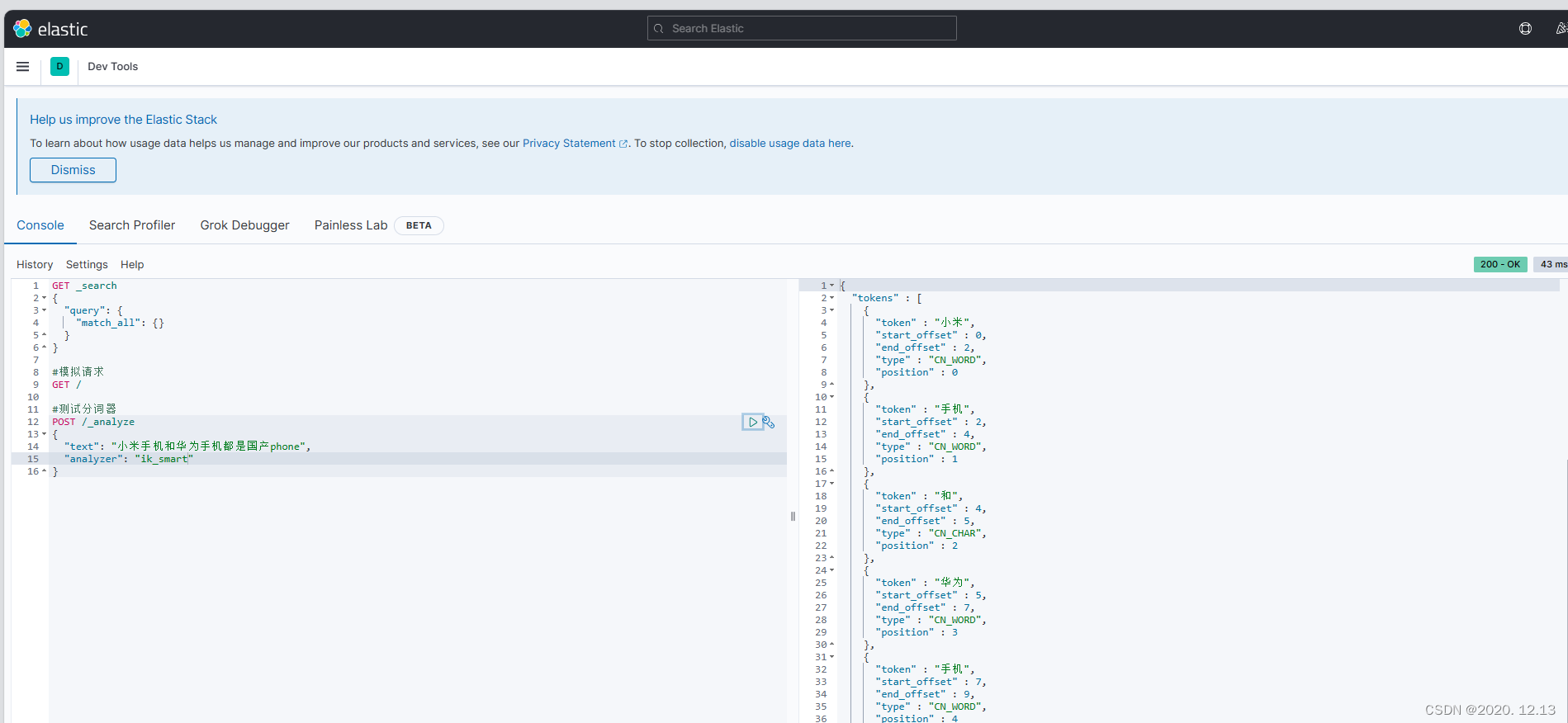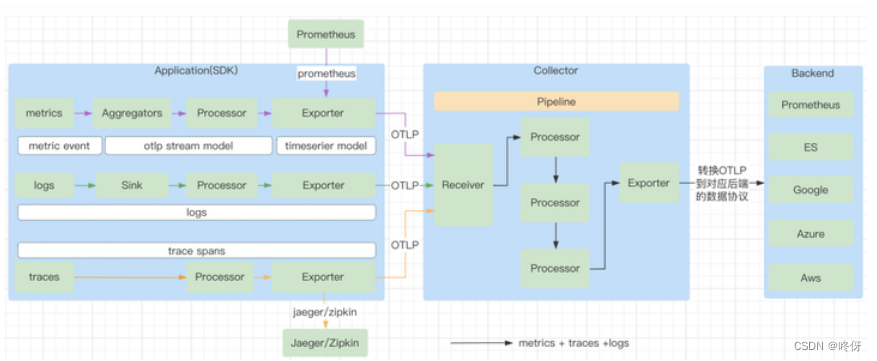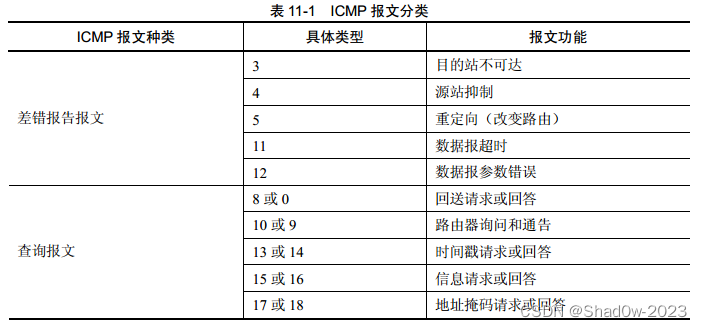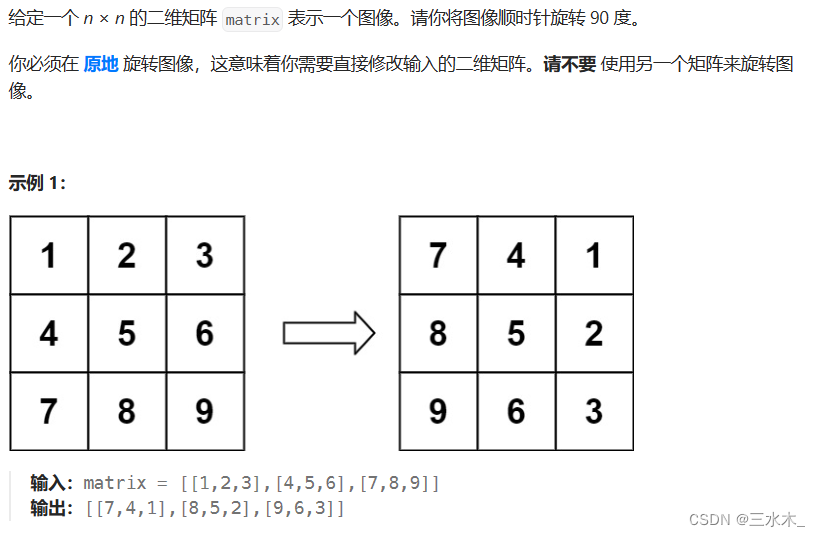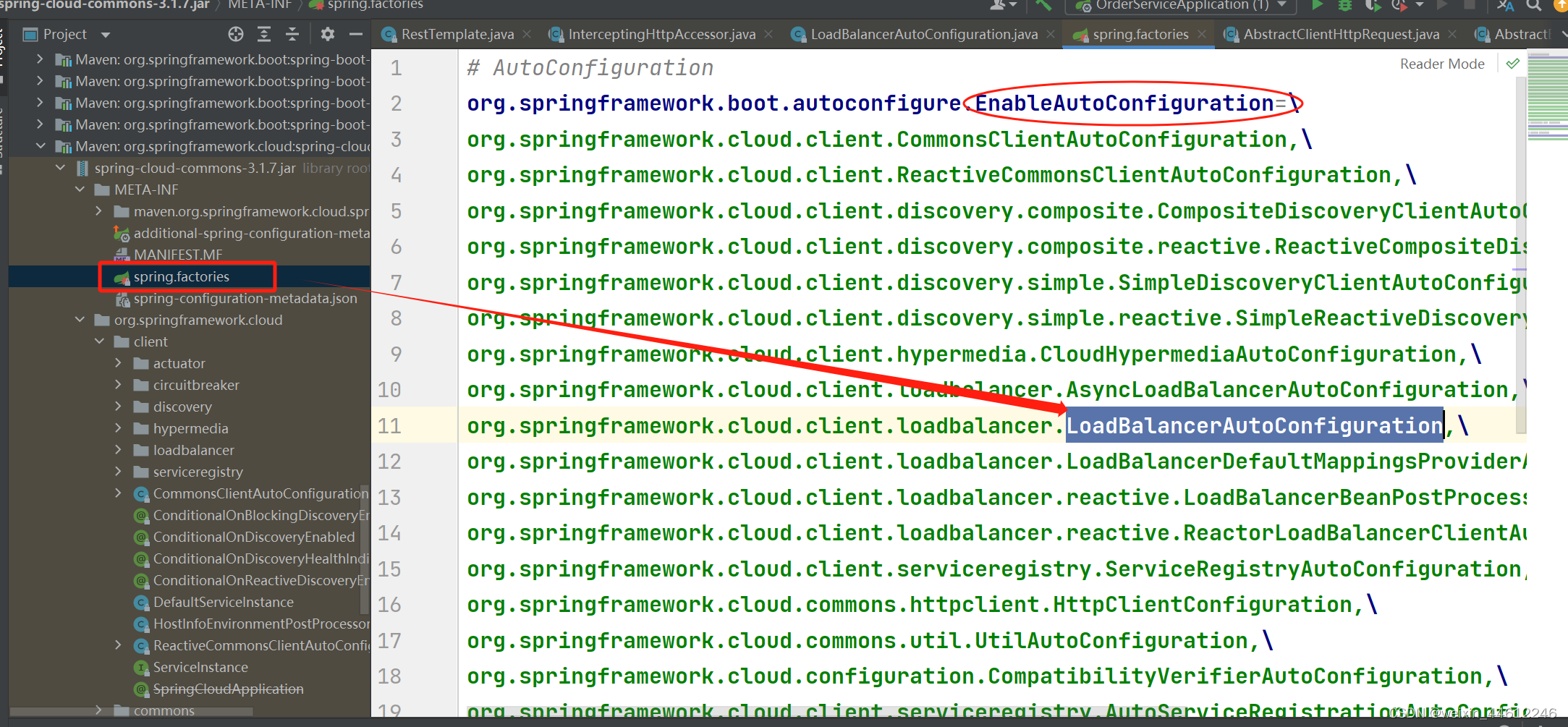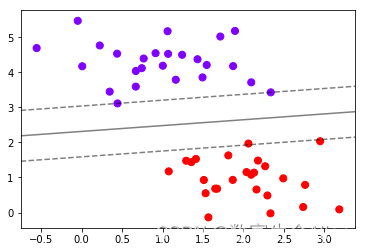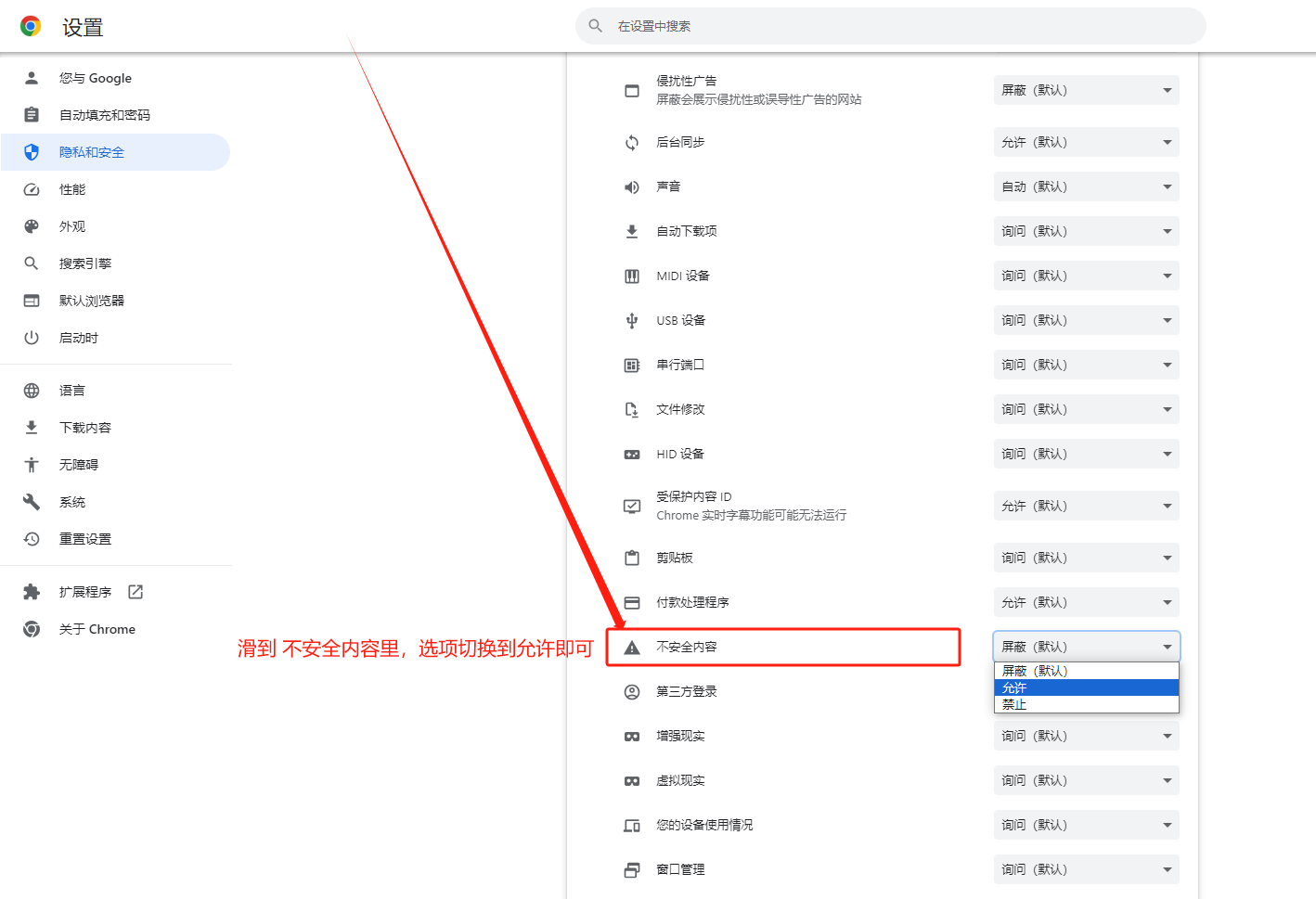在知识付费系统小程序的开发中,实现社区互动和用户参与可以通过以下步骤实现:

1. 建立用户身份验证和管理系统
// 后端示例代码(Node.js)
// 用户注册
app.post('/register', (req, res) => {
const { username, email, password } = req.body;
// 处理用户注册逻辑
});
// 用户登录
app.post('/login', (req, res) => {
const { email, password } = req.body;
// 验证用户信息
});
2. 创建内容发布与评论功能
// 前端示例代码(React)
// 发布内容
const postContent = (content) => {
// 处理发布内容逻辑
};
// 发表评论
const postComment = (postId, comment) => {
// 处理发表评论逻辑
};
3. 设计互动界面和用户交流平台
// 前端示例代码(Vue.js)
// 互动界面
<template>
<div>
<!-- 互动内容展示 -->
<div v-for="content in contents" :key="content.id">
{{ content.title }}
<div v-for="comment in content.comments" :key="comment.id">
{{ comment.text }}
</div>
<input type="text" v-model="commentInput" />
<button @click="postComment(content.id, commentInput)">发布评论</button>
</div>
</div>
</template>
4. 设置数据存储与管理
// 后端示例代码(MongoDB)
// 存储内容
const ContentSchema = new Schema({
title: String,
description: String,
comments: [
{
text: String,
user: String,
}
],
});
const ContentModel = mongoose.model('Content', ContentSchema);
以上代码仅是一些概念性示例,用于说明在知识付费系统小程序中实现社区互动和用户参与的基本功能和技术。
实际上,这需要综合使用多种技术,包括前后端开发、数据库管理、用户身份验证和安全控制等。实际开发中,具体的技术选择和实现取决于开发团队的需求、技能和项目的要求。
